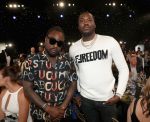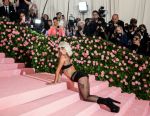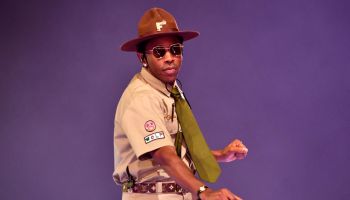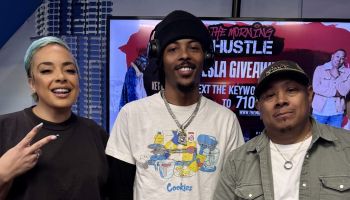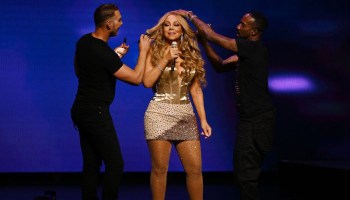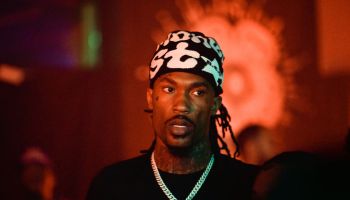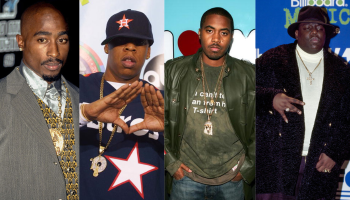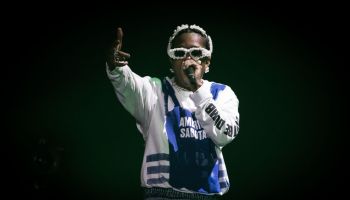
Designer Marc Jacobs is known in the fashion world for his contemporary and trendsetting presentations, but the Marc Jacobs Spring/Summer 2017 show during New York Fashion Week was anything but.
The designer cast predominantly White models to walk down the runway wearing dreadlocks made of wool. One of fashion’s most legendary hair stylists, Guido Palau, was the creative director behind the controversial styles on the women—yet doesn’t seem to be cognizant of the fact that this is not a look originally worn by White, straight-haired supermodels.
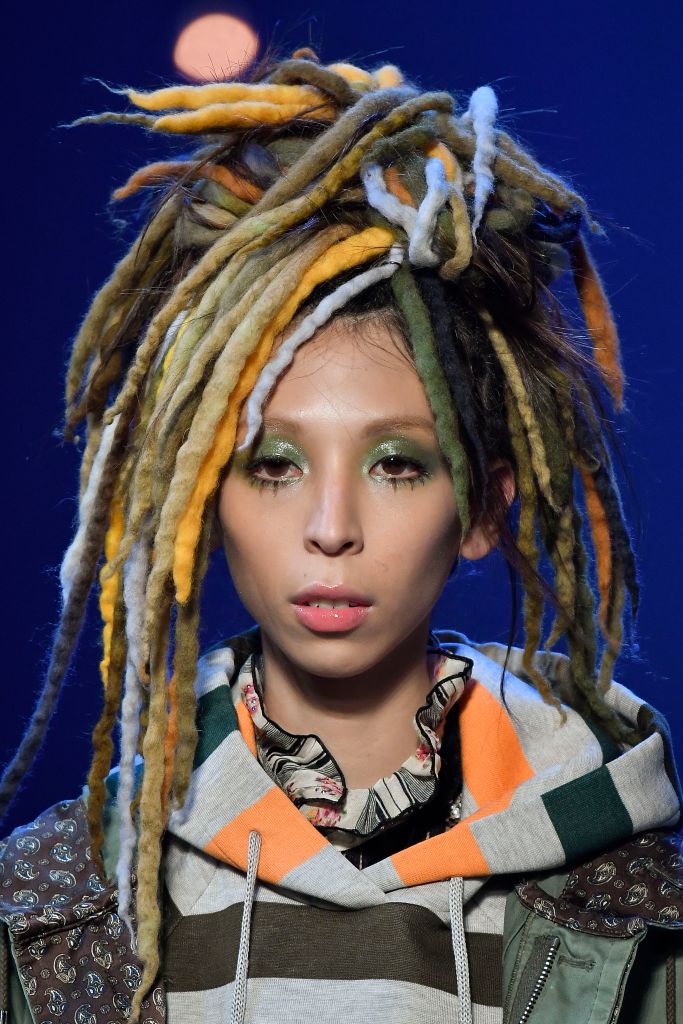
New York Magazine The Cut‘s beauty-editor-at-large Linda Wells asked the hairstylist about his feelings on giving all the women an aesthetic that undoubtedly rips off that of another culture (she didn’t use those exact words). Palau claimed, “I don’t really think about that. I take inspiration from every culture. Style comes from clashing things. It’s always been there, if you’re creative, if you make food, music, and fashion, whatever, you’re inspired by everything. It’s not homogeneous. Different cultures mix all the time. You see it on the street. People don’t dress head-to-toe in just one way.”
The uproar about Marc Jacobs’ choice to give all his models dreadlocks (including stars like Gigi Hadid and Kendall Jenner) adds to the conversation about White privilege in America. Most White people who wear dreadlocks do not do so with the intention of showing appreciation for Black culture. Instead, they are perpetuating White privilege by choosing to be ignorant of the significant history of the hairstyle.
On whether Rasta culture was an inspiration for his creations, Palau said, “No, no at all. Certain types of cultures, like rave culture, club culture, acid house, Boy George and Marilyn.” His response is not so different as if he had responded to “Black Lives Matter” with “All Lives Matter.” It’s dismissive. It’s disdainful. It sustains the idea that when a Black person does something, it’s low-class and of inferior quality compared to when a White person does it. It adds to the age-old tale in the fashion industry that allowed Justin Bieber, Kylie Jenner, and Miley Cyrus to be edgy and on trend, but caused Zendaya to be criticized for “looking like she smelled like patchouli oil and weed” when her hair was in a loc’ed style.
https://www.instagram.com/p/BDuc54qybI-/?tagged=bieberdreads
This isn’t the first time Marc Jacobs came under fire for his culturally insensitive designs. His Spring 2015 show had models rocking Bantu knots, which Palau claimed was inspired by singer Bjork. It’s a huge slap in the face to the African-American community, which has been taunted for centuries for the way their hair locs, intertwines, and simply grows out of their heads. Even in 2016, young Black girls are told that they’d be expelled from school for wearing their natural hair and, even worse, some have been threatened with arrest.
Black people never said that White people couldn’t wear dreadlocks; it’s the omission of acknowledging actual people while taking something sacred from them and using it to your benefit that causes the furor. Imagine being in school, doing your very best on a test and getting a failing mark, while the person next to you copies your test and scores a perfect A+. That’s what it feels like as an Black person to see White supermodels sport locs: some of whom may not even know who Bob Marley is.
The humanist ideal that we’re all equal disregards the harsh reality that we’re not all treated as human and equal. So before you decide to violate the laws of nature by loc’ing and twisting your hair, make sure that you’re appreciating—not appropriating.
SOURCE: NY Mag | PHOTO CREDIT: Getty, Instagram
Here’s Why Marc Jacobs Using White Models To Sport Faux Locs In His Fashion Show Is NOT OK was originally published on globalgrind.com



